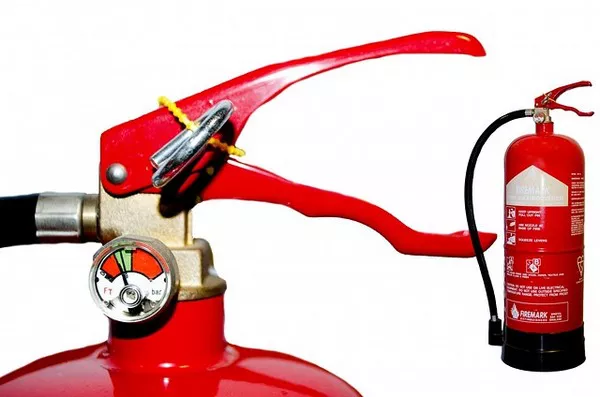Fire safety is a critical aspect of any environment, be it residential, commercial, or industrial. Different classes of fire are categorized based on the type of fuel involved, as understanding these classes is vital for selecting the appropriate fire extinguishing agent. In this article, we will focus on Class C fires, which specifically involve electrical equipment as the source of ignition. We will explore the characteristics of Class C fires, the risks associated with electrical equipment fires, and the best practices for dealing with such emergencies.
What is a Class C Fire?
Class C fires are a subclass of Class B fires, which involve flammable liquids as the source of fuel. However, Class C fires are unique because they involve electrical equipment as the ignition source rather than liquids. Electrical fires are common in settings where electrical equipment, wiring, and appliances are prevalent, such as offices, homes, data centers, and industrial facilities.
Characteristics of Class C Fires:
Class C fires possess specific characteristics that set them apart from other fire classes:
Electrical Source: The primary characteristic of Class C fires is that they originate from electrical sources, such as overloaded circuits, short circuits, faulty wiring, or malfunctioning electrical appliances.
Absence of Traditional Fuel: Unlike other fire classes that require traditional combustible materials like wood, paper, or flammable liquids, Class C fires solely rely on the presence of electricity to sustain combustion.
Invisible Flames: Class C fires may not exhibit visible flames since the electrical components themselves are the fuel source. Instead, these fires manifest as heat buildup in the electrical system.
Risks of Electrical Equipment Fires:
Class C fires pose unique risks and challenges that need to be addressed promptly and effectively. Some of the key risks associated with electrical equipment fires include:
1.Injury to People: Class C fires can cause severe injuries to individuals attempting to handle the electrical equipment or appliances involved in the fire. Electrical shock and burns are common risks during firefighting efforts.
2. Property Damage: Electrical equipment fires can cause significant damage to property, including damage to the electrical system, appliances, and wiring, which can be costly to repair or replace.
3. Electrical System Disruption: Class C fires can disrupt the electrical system, leading to power outages and potential damage to critical equipment, data loss, and operational downtime.
4. Risk of Re-Ignition: Extinguishing Class C fires can be challenging, as even if the flames are initially suppressed, the electrical source may reignite the fire once power is restored.
5. Toxic Fumes: Electrical equipment fires can produce toxic fumes from burning insulation, plastic, and other materials, posing respiratory hazards to individuals in the vicinity.
Best Practices for Dealing with Class C Fires:
Dealing with Class C fires requires specialized knowledge and equipment due to the involvement of electrical systems. Here are some best practices for handling electrical equipment fires safely and effectively:
1.Power Disconnection: The first step in dealing with a Class C fire is to disconnect the power supply to the affected equipment. This prevents further fuel supply to the fire and reduces the risk of electrical shock to responders.
2. Fire Extinguishing Agents: Water should never be used to extinguish a Class C fire since it can conduct electricity and lead to electrical shock. Instead, non-conductive fire extinguishing agents, such as carbon dioxide (CO2) or dry chemical extinguishers, should be used.
3. Avoid Direct Contact: Responders should avoid direct contact with live electrical equipment during firefighting efforts. Using long-handled extinguishers or equipment allows responders to maintain a safe distance from the fire.
4. Evacuation and Safety: Prioritize the safety of occupants by initiating immediate evacuation in the event of an electrical equipment fire. Notify building occupants and establish assembly points for accountability.
5. Professional Assistance: Class C fires can be complex, and it is crucial to seek professional assistance from trained firefighters or electricians to handle the situation safely and effectively.
Conclusion:
Class C fires present unique challenges due to their involvement with electrical equipment as the ignition source. Understanding the risks associated with electrical fires and implementing proper fire safety measures is essential to protecting lives, property, and critical infrastructure. Promptly disconnecting power, using non-conductive fire extinguishing agents, and seeking professional assistance are vital steps to manage Class C fires safely and minimize their impact on both human safety and property. Being aware of the specific characteristics and risks of Class C fires equips individuals and organizations to respond effectively and responsibly during emergencies involving electrical equipment.

